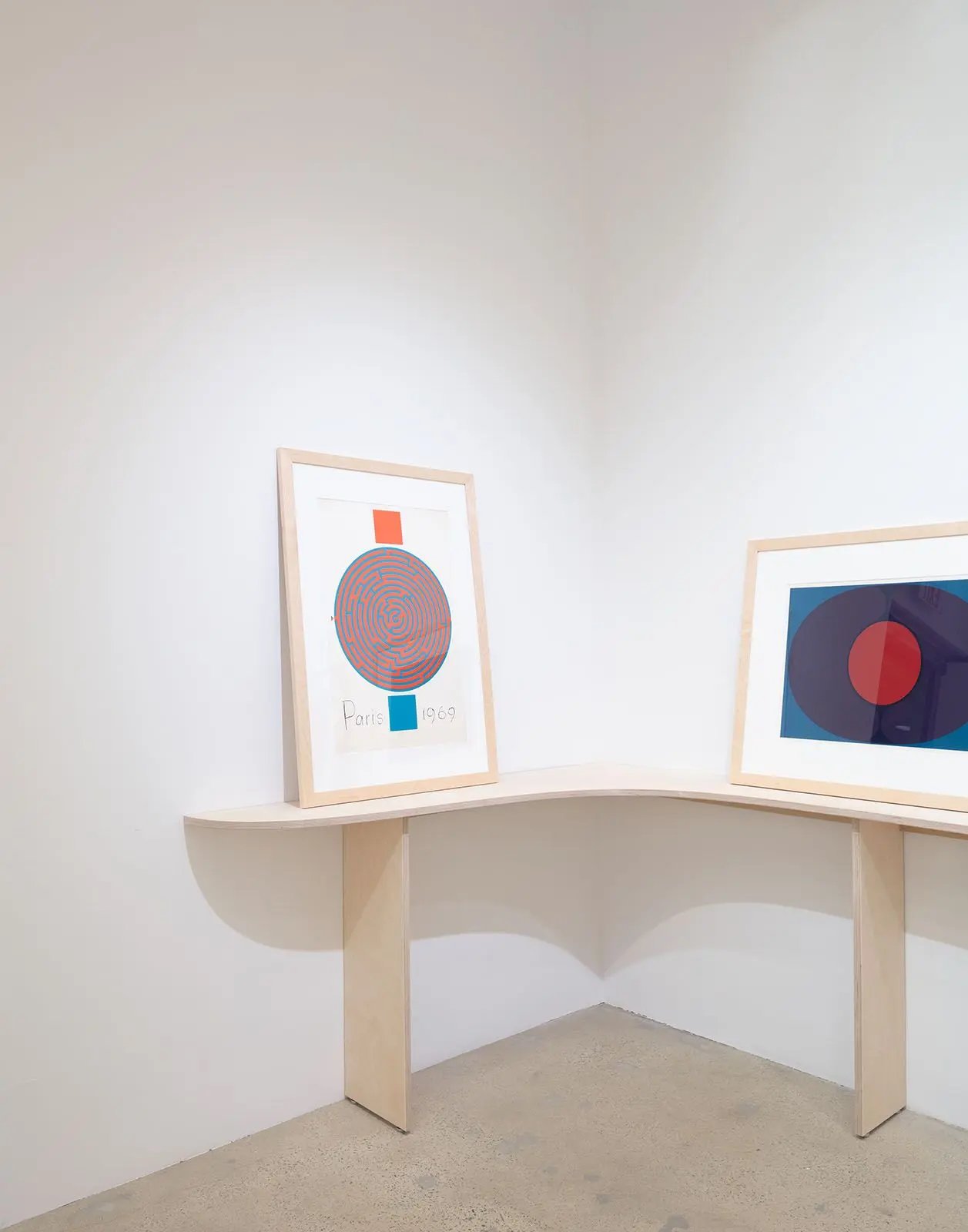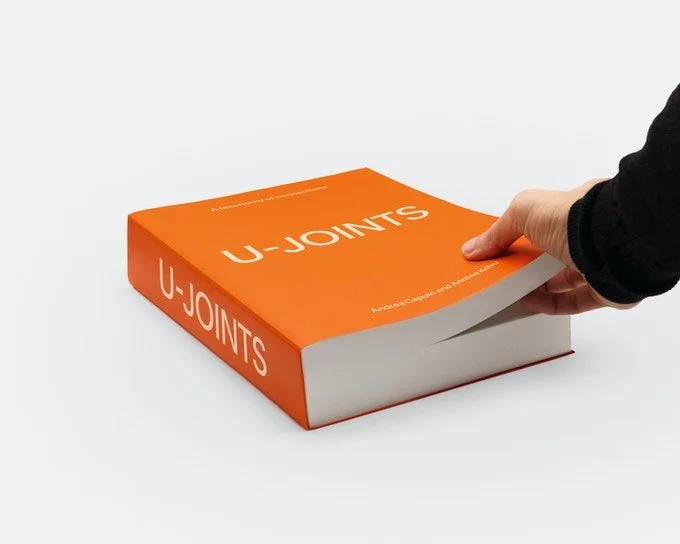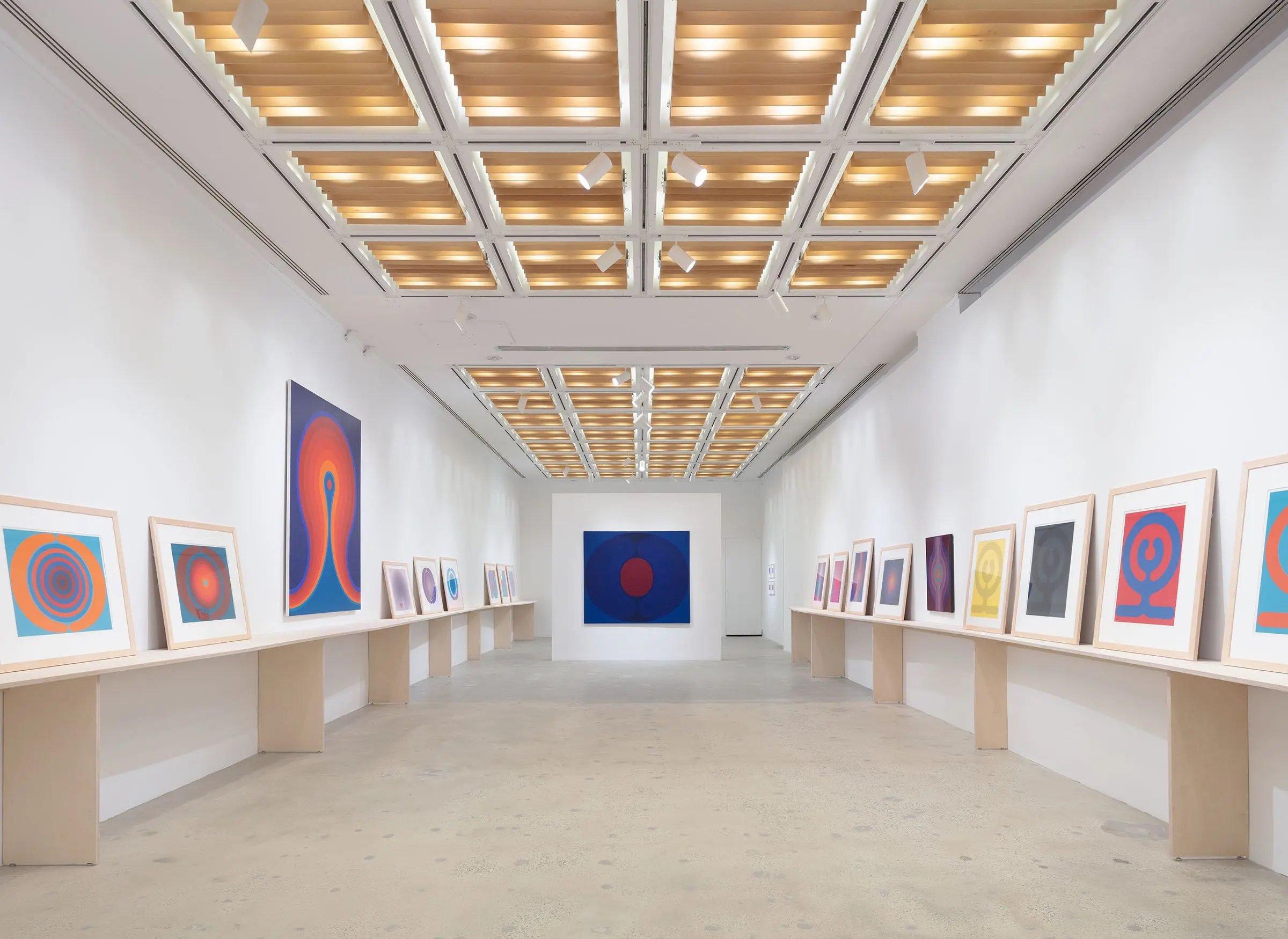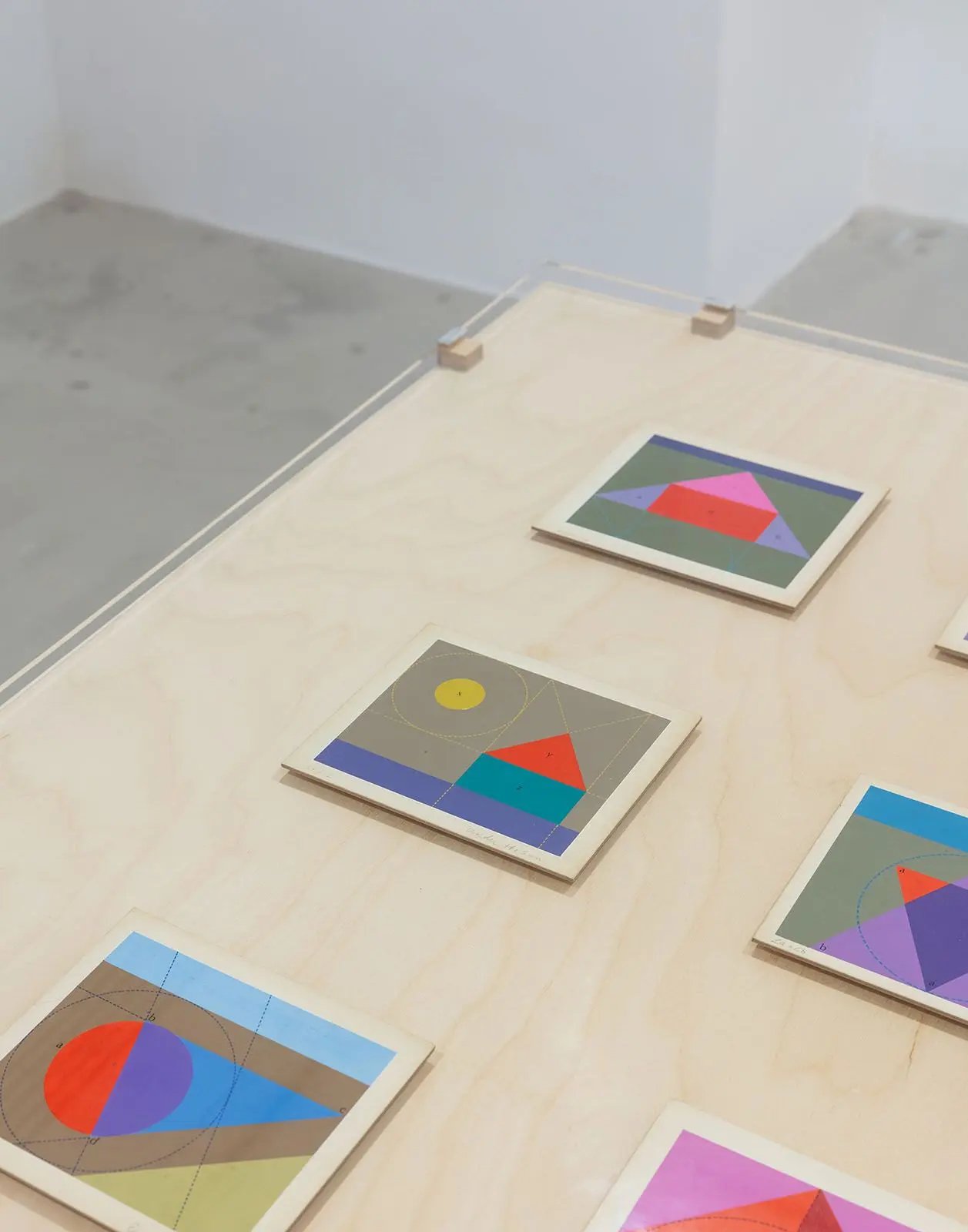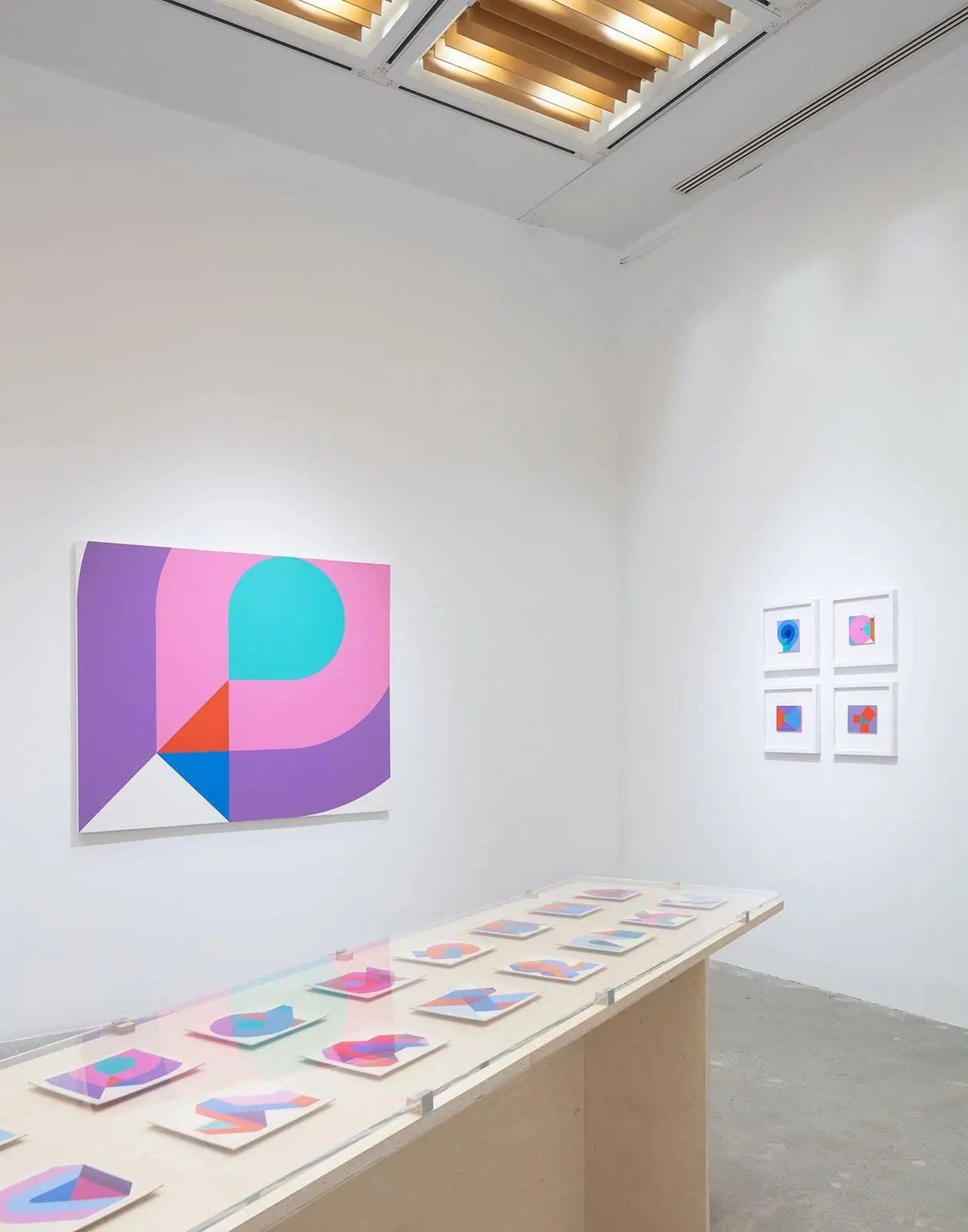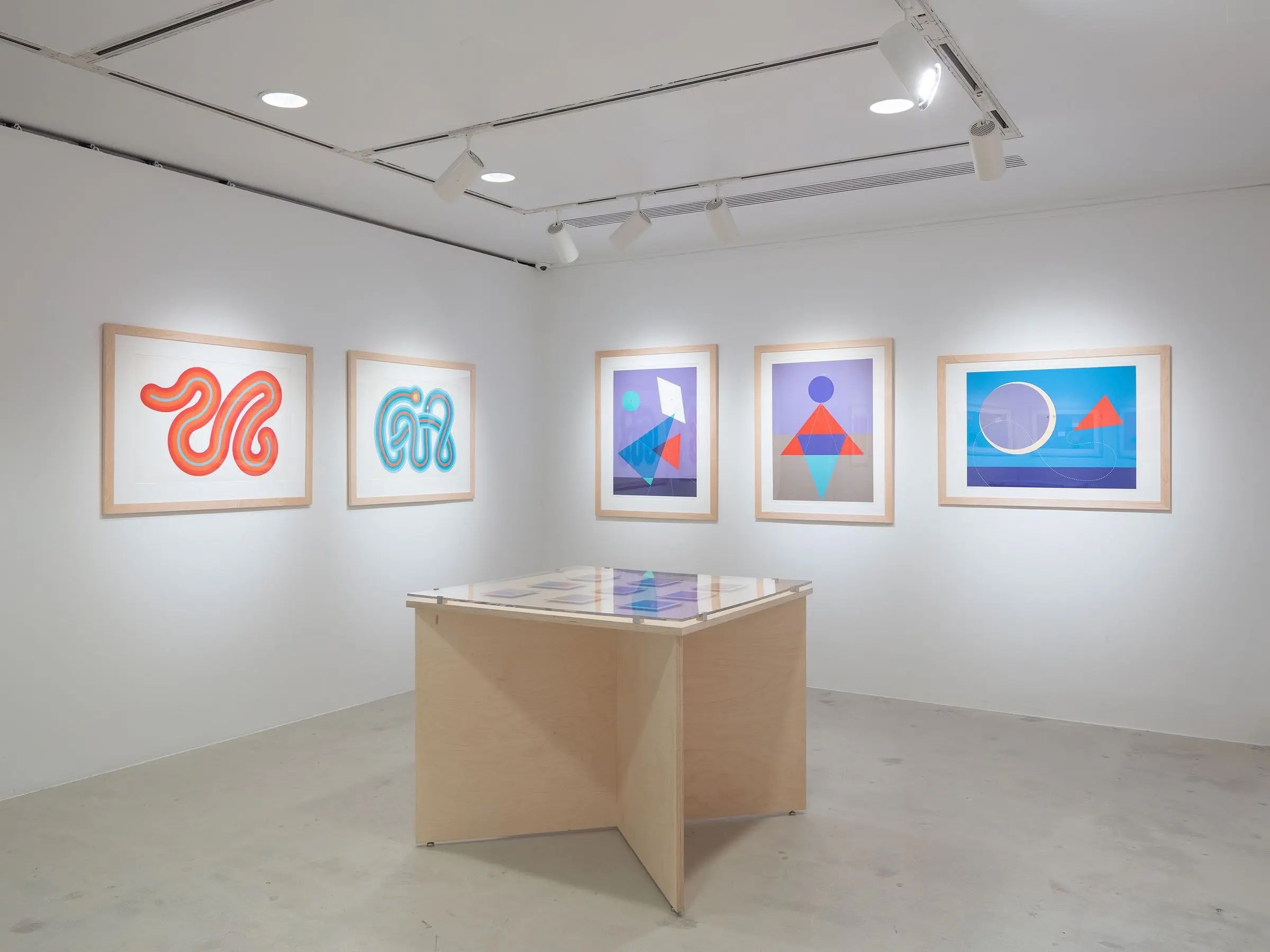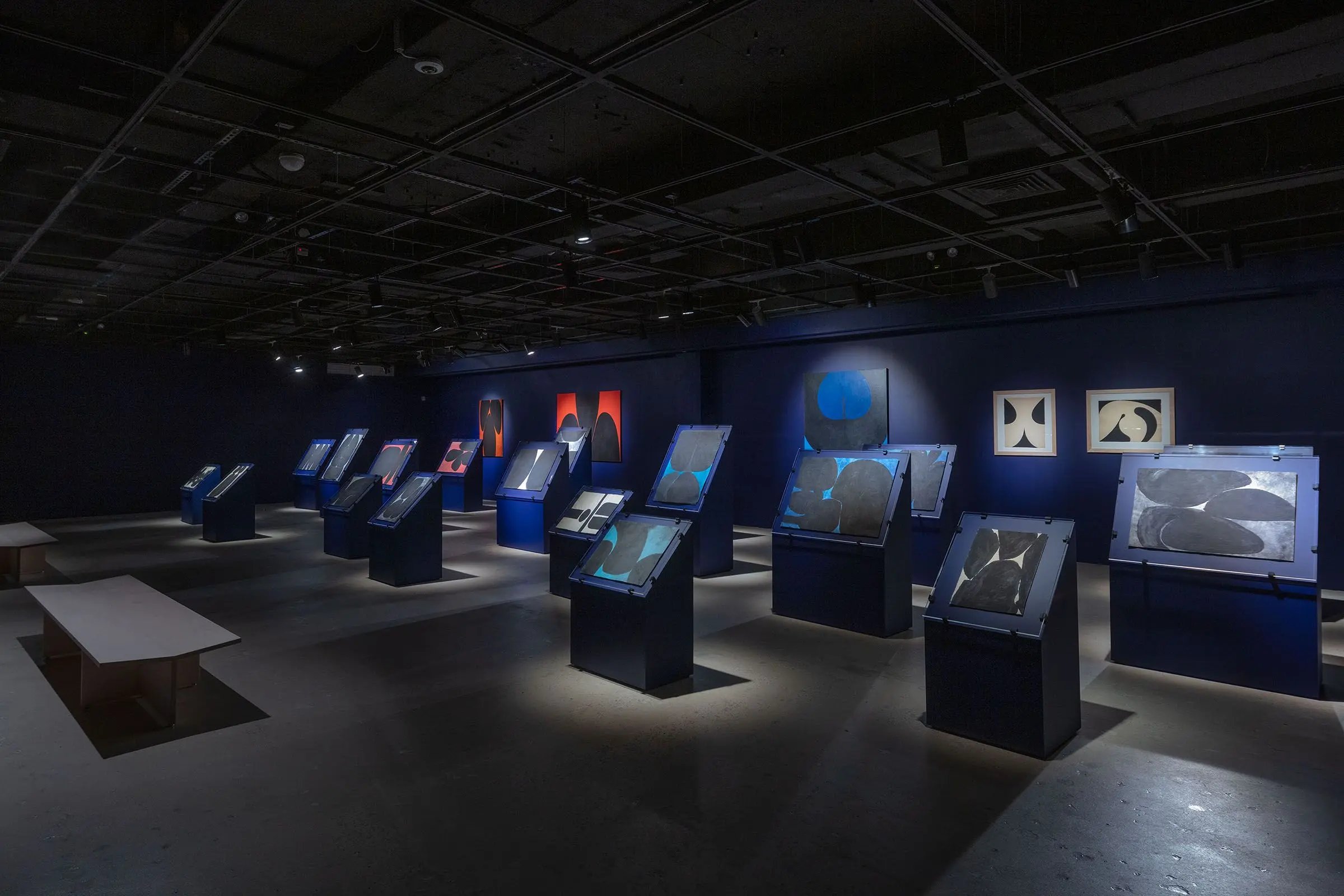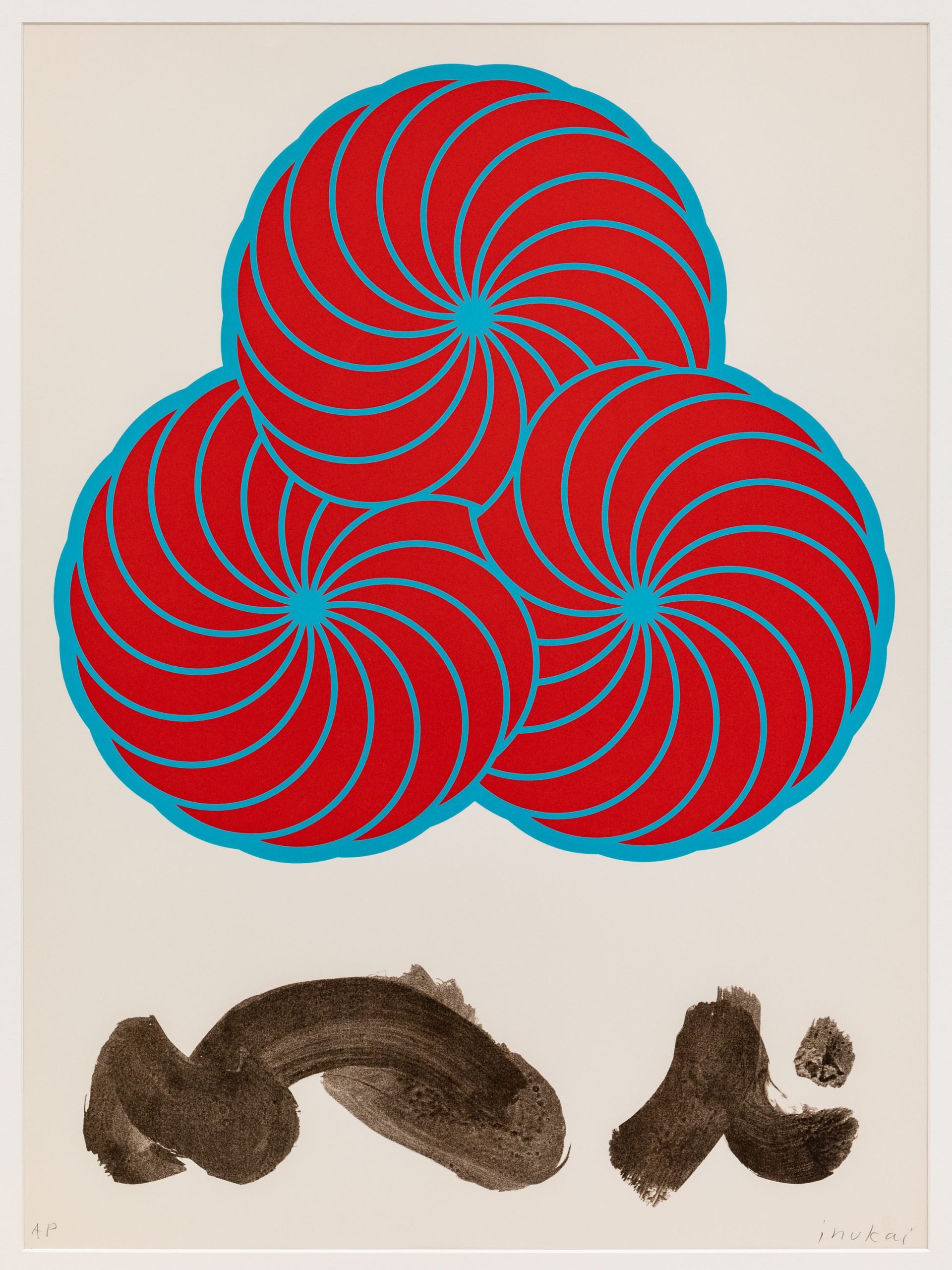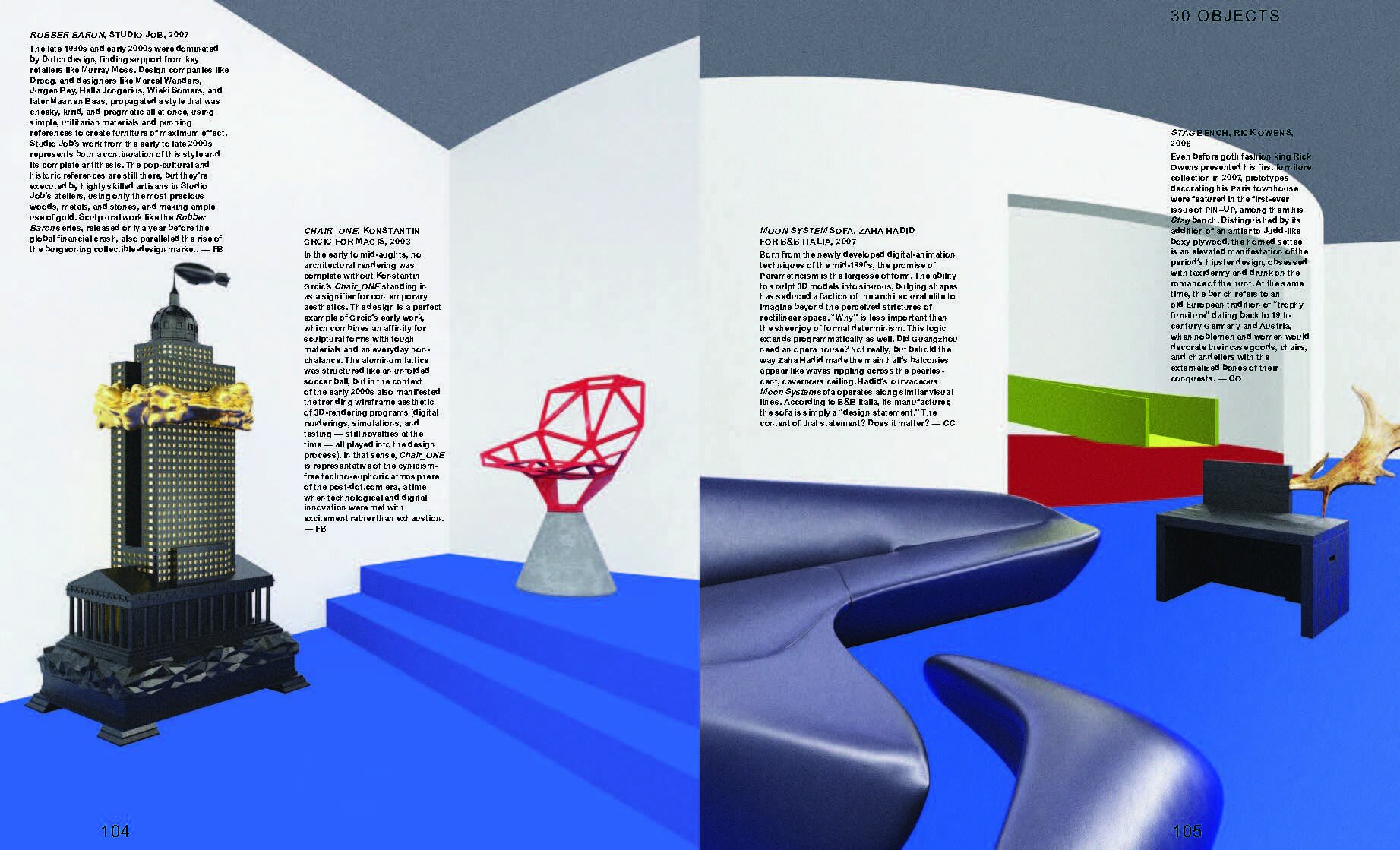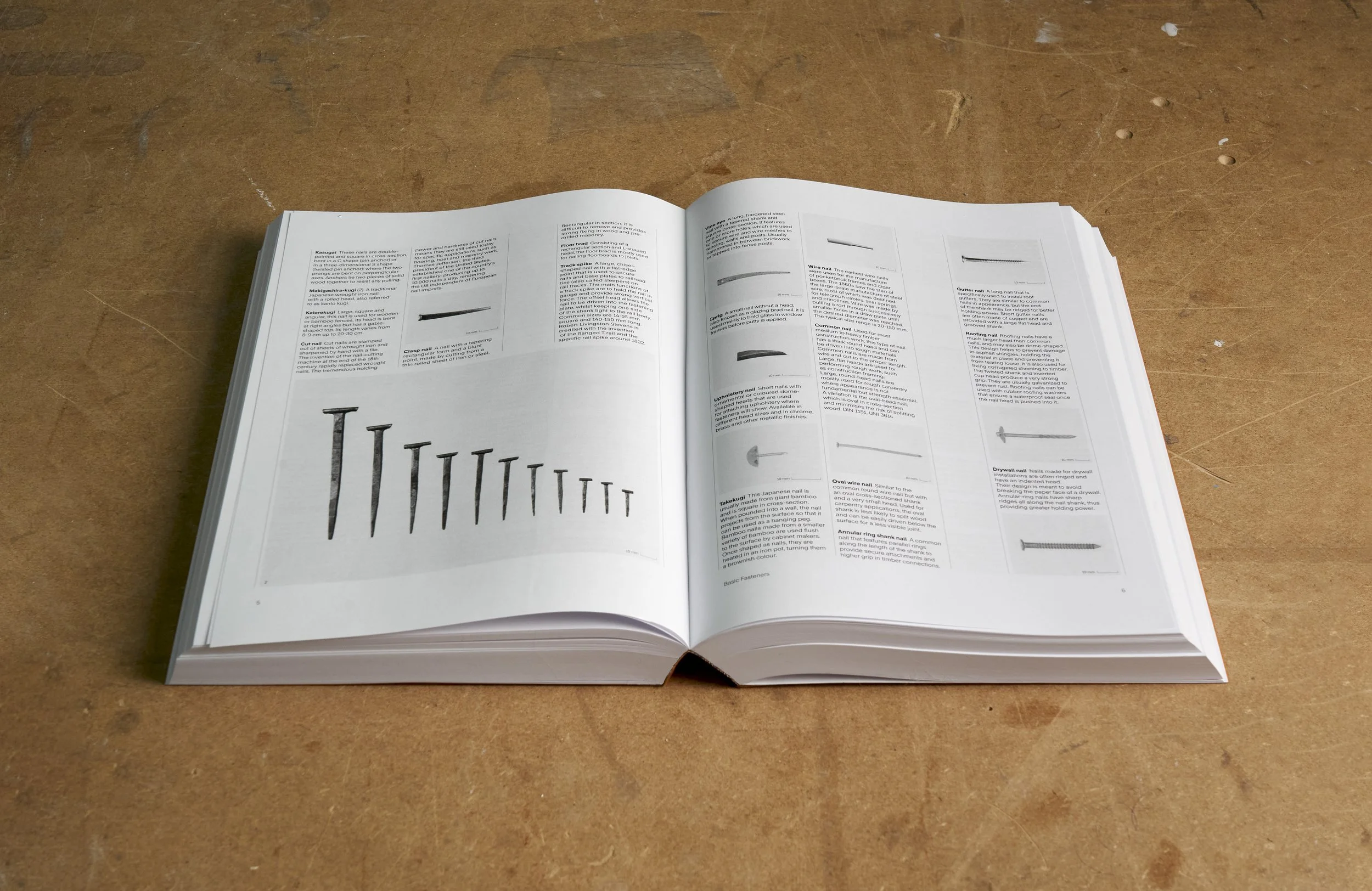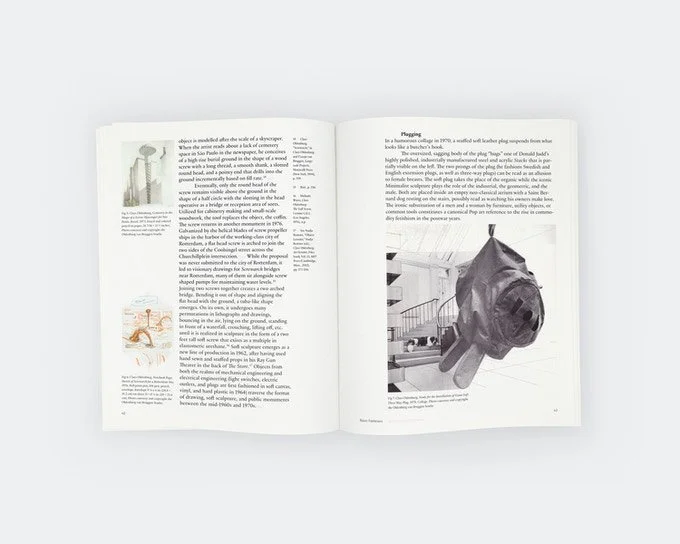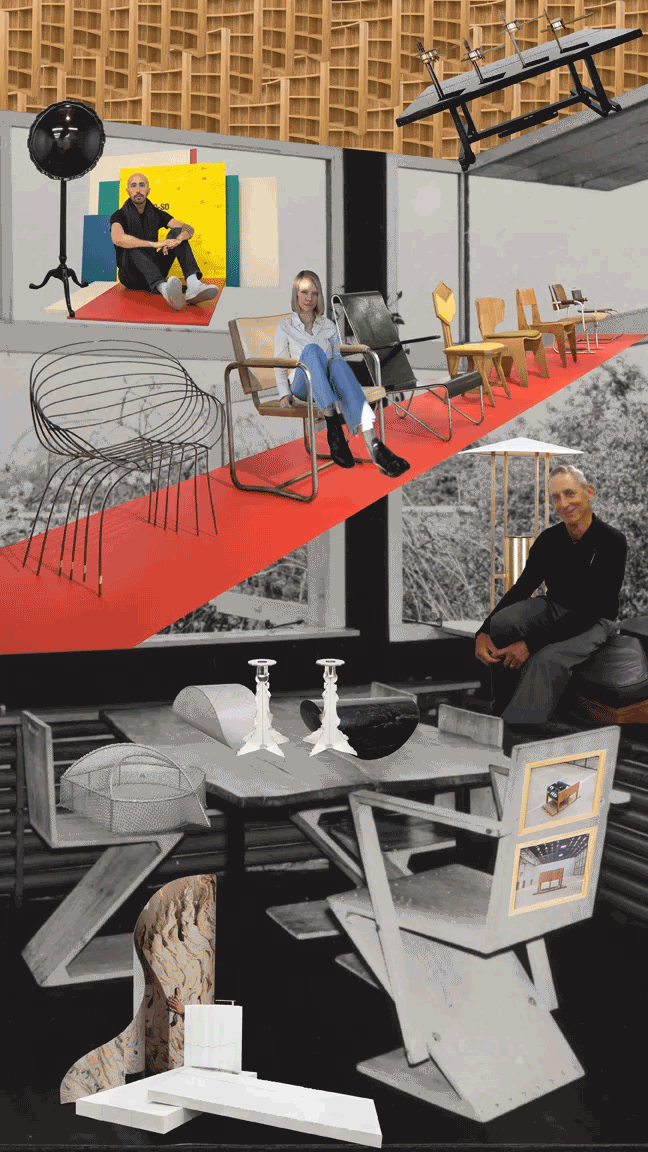Exhibition text for Dozie Kanu’s exhibition, to prop and ignore at Manual Arts, Los Angeles, 2021.
“Manual Arts presents to prop and ignore, a solo exhibition of new works by Nigerian-American artist Dozie Kanu. Completed in Los Angeles, Kanu’s eerily suspenseful sculptures negotiate ideas dealing with domesticity, production, materiality, and value systems. The works are geographically dispersed, referencing the American South, Nigeria, the United Kingdom, and Portugal. Kanu engages critically with history while establishing a prismatic narrative and singular visual language all his own.
The artist, born in Houston and now based in Portugal, sets up a deliberate ambiguity between art and design. He subverts the ethos of functionalism associated with the culture of privacy and domesticity indigenous to the Euro-American built environment. Through a gestural approach to making, Kanu excavates, with equal footing, old and new, found and handmade, opulent and cheap, vernacular and modern, as if his sculptures were melting and sliding in time.
Hazily familiar domestic items — lamp, headboard, table — are cut with edge. Kanu uses standard perceptions of the purposes of these objects as a counterpoint in an elaborate vocabulary of interventions. Nails hammered into found branches become the handles to an off-the-shelf toilet plunger cast in bronze, a Victorian-style headboard registers as a painting, hand-carved African marble sparring masks combine with industrial steel tubing. Kanu draws our attention to the limitations of sculpture and activates the imaginary spaces and potentials where his works might exist, toying with our desire to make easy connections only to intentionally obstruct those symbolic readings. The artist galvanizes common objects and transforms them, allowing their typical associations to swirl with new correlations into a liquid materialist account that is in constant flux.
Working within this arena of everyday life, the exhibition explores and challenges the quotidian essence of our existence. The works combine the prosaic illusion of functionality with questions of what constitutes something useful, and interrogates how those value systems are established and by whom. A centerpiece of the installation takes the architectural foundation of a Victorian-style home as its point of departure. Hand-shaped bricks replace the traditional concrete structure, and burnt bamboo sits in place of typical PVC plumbing pipes.
Kanu’s art is a philosophical quest, one that involves an ongoing and vigorous examination of what it means to sustain life. He brings an improvisational energy as a framework and tool to liberate — and criticize — existing stereotypes around function, use, materiality, race, class, and heritage. Conceptually the works send stimulatingly mixed signals in an effort to provocatively satirize modern design and commercialization, furthering Kanu’s interest in the commodification of lifestyle and mainstream culture.
The installation suggests a materialized state of mind. There are also psychological riddles in the work, such as a salvaged ATM-table that takes a sinister turn with the cage-like enclosure that forms its base. Piercing conventional taste with fervent intellect, collapsing the hermetic with the familiar, Kanu agitates for visceral truth. This latest exhibition devises new ways to fuse the personal and the political, the accessible and the mysterious, and lays out some of the issues, affinities, and troubled histories that fuel his art.” —Tiffany Lambert
I
“I’ve taken a particular interest in the foundations of the art and design industries, the foundations of my own personal thinking, and the foundations of the thinking of people that I grew up around, including my parents and community neighbors. The ideas, the culture, and the traditions that have shaped and continue to shape all of the gestures made within our everyday lives.”—Dozie Kanu
II
“The English country houses and cottages have undoubted claims to our best consideration; but it is from an examination, by means of illustrations, of what is going on at home, called forth by the actual needs of the people, more than from a study of foreign examples, that the general taste for architectural comfort and beauty in country houses is likely to improve.” —Calvert Vaux
III
“The decorative arts, by historical definition [are] directed primarily at the upper-middle-class home, expressly protected by the rights of the (private) elitism in liberal, constitutional ideology, could ‘freely’ elaborate (fashionable) themes. But their freedom was constrained, defined, and organized not only by the style (‘public’ regulation) of flow of the social (political) fashionable market itself, but by the (political) struggle within the bourgeois couple which is the engine of fashion.” —Jeff Wall
IV
“Where were the holes in my education and what were the systems that produced them? I believe that plugging these holes for my adolescent self would require developing a language within sculpture, occupying time and space, using carefully selected iconography combined with a sense of practicality. In my eyes, this is the gateway that would lead my innocence toward an honest stretch for full potential.” —Dozie Kanu
V
“Philip Johnson is a highbrow. A highbrow is a man educated beyond his capacity. His house is a box of glass — not shelter. The meaning of the word shelter includes privacy.” —Frank Lloyd Wright
“There’s too many constraints in architecture. I lived with architects at Yale, so I knew what they were up against, and I wasn’t particularly interested in plumbing.”—Richard Serra
VI
“Too much has been made of origins. All origins are arbitrary.” —Dionne Brand
1 Calvert Vaux, “Hints for Country House Builders,” 1855 in Victorian Houses: House Plans, Model Homes & House Articles from Harper’s, Scribner’s, Godey’s, Lady’s, &c. 1850–1900, collected and reprinted in 2006.
2 Jeff Wall, “Problems,” 1983.
3 Rodman, Selden. 1971. Conversations with artists. New York: Devin-Adair Co.
4 Richard Serra interviewed by Charlie Rose, 2001.
5 Dionne Brand, A Map to the Door of No Return: Notes to Belonging.



